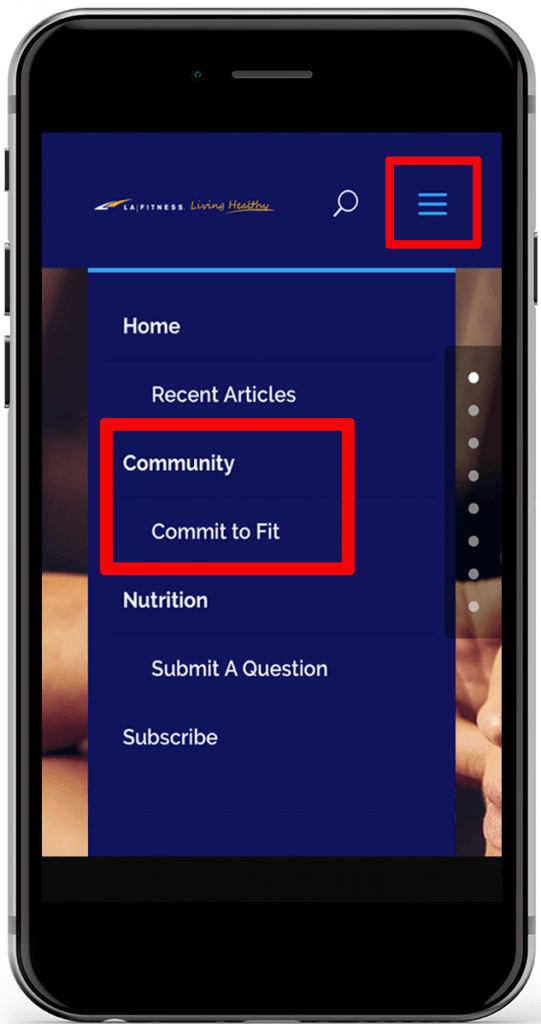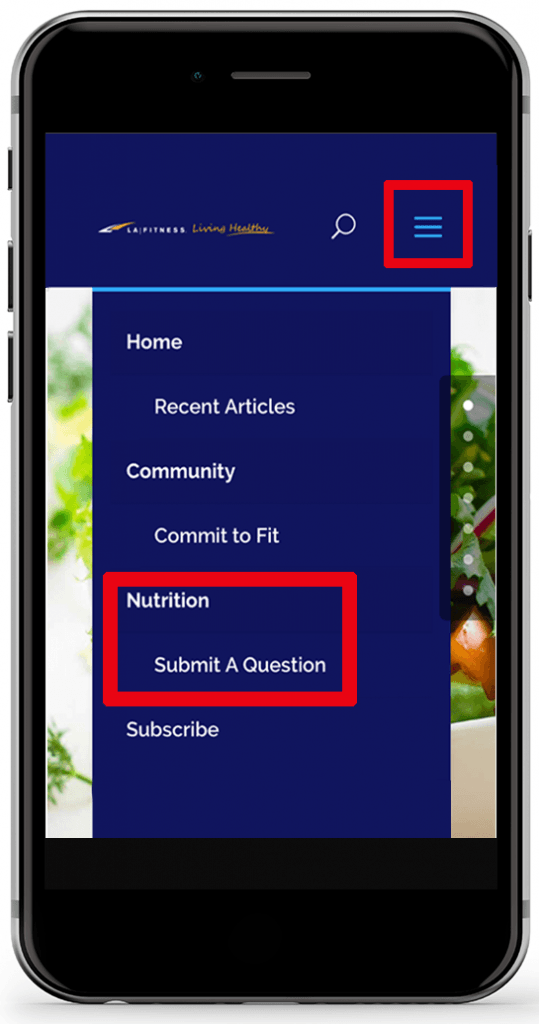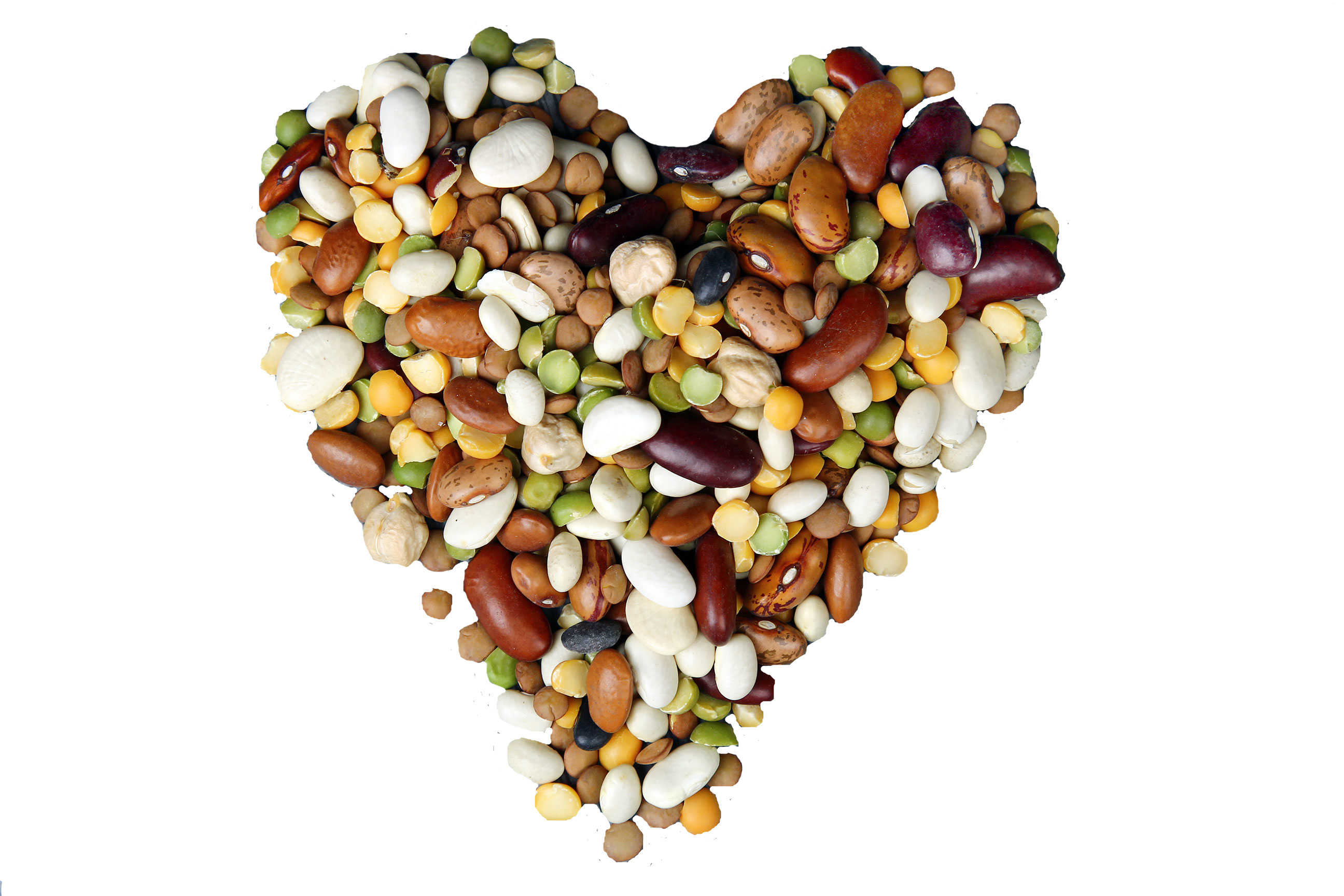Eggs are a nutritious food choice, but what about their impact on cholesterol? Our registered dietitian, Debbie J., has an answer!

LA Fitness Living Healthy Blog Gets New Look
LA Fitness Blog Gets a Fresh Look
Find tips on the best ways to navigate through all the new and exciting things on the LA Fitness Living Healthy blog!
New Changes
Have you noticed anything different about the LA Fitness Living Healthy blog? If so, you are right on track, as we have redesigned it and made it more interactive for a better experience for you! What do some of the redesign elements include?
- Interactive- The LA Fitness Living Healthy blog allows you to ask our Dietitian questions and also allows you to submit your fitness goals. Watch videos, gain insightful information and interact away!
- Any device any time- The LA Fitness Living Healthy blog is easily accessible and can be viewed on either your laptop, mobile device, or tablet!
These are just a few of the many things you can do with our blog redesign. Below are a few tips and tricks on how to navigate throughout the new blog and how to find articles that pertain to you.
Navigation Tool
Let’s get started with an introduction to the Navigation Tool on the top of the home page. You will see four different options to choose from: Home, Community, Nutrition and Subscribe. These are your main sources for exploring the LA Fitness Living Healthy blog. There is a lot to see and learn, so keeping reading for more information!
Subscribe
Want to have access to the latest and greatest articles from LA Fitness? Then go ahead and click that “Subscribe” button! To subscribe, click on on the Subscribe tab in the Navigation Tool, fill in your e-mail address, and then click “Subscribe.” If you check the checkbox beneath the e-mail address box, you will also receive up-to-speed news about LA Fitness, club updates, offers, promotions and much more!
Were you subscribed to the older LA Fitness blog? Make sure to re-subscribe to the our newest one by following the same steps above. We don’t want you to miss out!
Another simple way to subscribe is to keep an eye out for the Subscribe button below.
You will see this Subscribe button around the LA Fitness Living Healthy blog. It gives our blog users a quick and easy way to subscribe. All you need to do is click on the picture or text and it will take you directly to our subscribe page. Next, you can fill in your e-mail address and start the process of being involved with the LA Fitness community via our blog!
Community
The LA Fitness Living Healthy blog offers a community section which includes member stories, club league updates and one of our newest additions, Commit to Fit. Commit to Fit is a section dedicated to our members who want to commit to fitness goals. No matter what your goal is in fitness, we want to hear it! Here is how you can submit your fitness goals:
Share
In the Navigation Tool, click the “Community” tab, and you will see an option called “Commit to Fit”.
Commit
After you have clicked, “Commit to Fit,” it will bring you to this page:
This is where you can submit your personal fitness goals and possibly be featured on the LA Fitness Living Healthy blog! Whatever your fitness goal may be, it is important to us. It’s simple to submit – all you need to do is fill in your name, fitness goal, when you want to achieve your goal, your e-mail address and then enter your home club.
Check out the community section for more inspiring member stories, fitness tips and much more!
Nutrition
Now that you know how to submit your fitness goals, why not get more information on living a healthy lifestyle? That brings us to the “Nutrition” section of our blog. If you head up to the Navigation Tool again, you will see the page called “Nutrition,”. Click on that and it should bring you to this page:
 From there, you can navigate through the latest nutrition articles, and go through older ones as well!
From there, you can navigate through the latest nutrition articles, and go through older ones as well!
Questions
Have a question for our registered Dietitian? Send a question via the LA Fitness Living Healthy blog. Go to the “Nutrition” tab in the Navigation Tool, hover your mouse over it and click on “Submit a Question.”


























